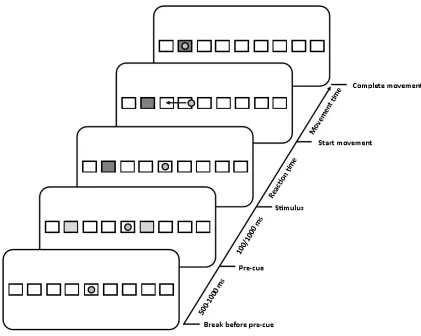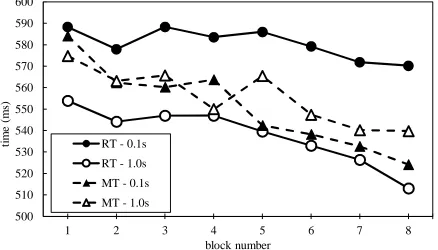Effects of movement practice on task performance : the effects of practice and varying preparation intervals on a sequential motor task
Full text
Figure




Related documents
Ap- plying these approaches to a single representative simulated dataset (Figure 7B), we obtain a more conservative implementation of the MRF approach... For each term in
The aim of this study is to design and build a small wind turbine that utilized a microcontroller board to automatically adjust the blade angle of attack and
The main criteria found for differentiating between lipoid nephrosis and the nephrotic stage of chronic glomerulonephnitis have been the presence of hypertension or azotemia for
Compared to ZrSiS (Fig. S7), the Fermi surface of ZrSiSe features nearly gapped regions along the verti- cal nodal-line (green circle in Fig. 4.3a), which results in vanishingly
It appears that the current Neighbourhood Plan was planned with the idea that there will be an assembly of existing lots to facilitate the neighbourhood
In two experiments we presented strong evidence for such an in- volvement of orthography: when Mandarin speakers named coloured objects via adjective–noun phrases, orthographic
The authors have developed a service measure based on space mean speed over the entire facility as a way to define quality of service for freeway facilities. This definition is
Tax evasion has a significant impact on the economy and has greatly contributed towards the £35bn UK tax gap between what should be collected in tax and what is actually paid for


